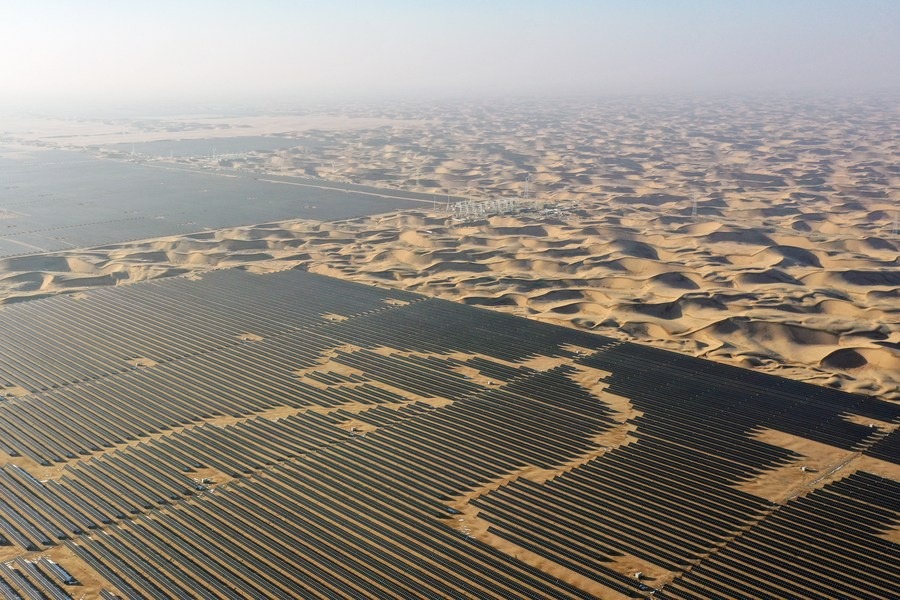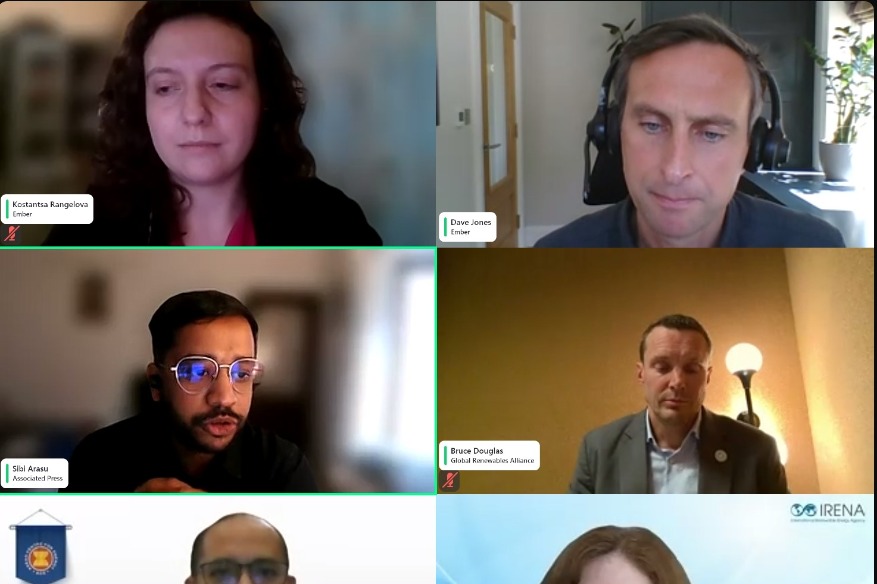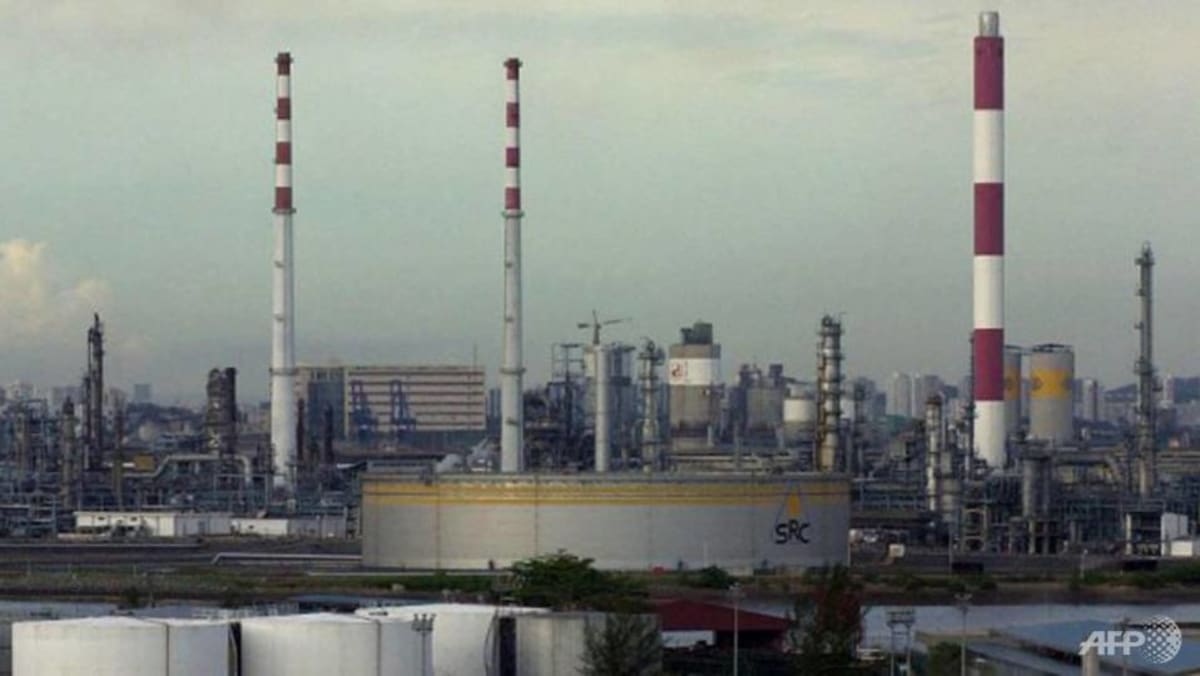The Biden administration’s decision to double the import tax on Chinese solar cells to 50 percent has sparked controversy within the US solar industry.
Administration’s Stance and Opposition
Citing China’s alleged market distortion, the White House justifies the tariff hike as a measure to combat overcapacity and support the development of solar capacity outside China. However, some US contractors and industry stakeholders oppose the move.
US contractors argue that higher tariffs will drive up costs for solar installations, ultimately burdening consumers. Concerns arise over affordability and the potential impact on demand, particularly among retirees and homeowners seeking to lower energy bills through solar adoption.
Industry Response and Challenges Ahead
Abigail Ross Hopper, president of the Solar Energy Industries Association, warns of adverse effects on the US solar market, hampering the Biden administration’s clean energy transition goals. The move exacerbates existing challenges, including rising solar prices and project delays.
Supply Chain Dynamics and Policy History
The global solar supply chain heavily relies on China, with the production of crucial components like polysilicon solar wafers predominantly concentrated in the country. While the US has some capacity for raw polysilicon production, it lacks infrastructure for solar cell manufacturing at scale.
Despite efforts to balance domestic interests, including the extension and modification of tariffs, tensions persist between US solar producers and installers. The latest tariff escalation underscores the complexities of navigating trade policy in a globally interconnected industry.
While Chinese solar cells account for a small fraction of total US imports, the tariff hike signals broader implications for the solar market’s dynamics and future growth trajectories. As the industry grapples with regulatory shifts, stakeholders navigate a landscape shaped by evolving trade dynamics and policy interventions.
Source:chinadaily.com.cn





